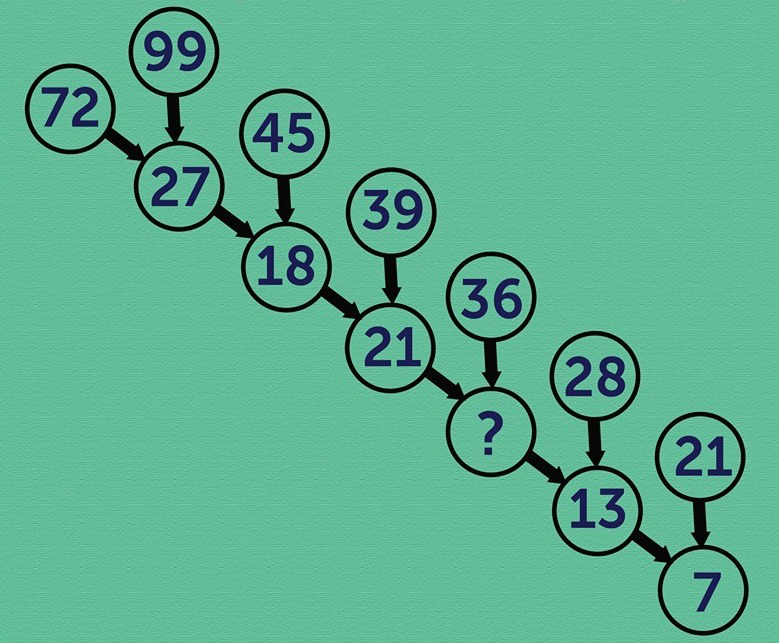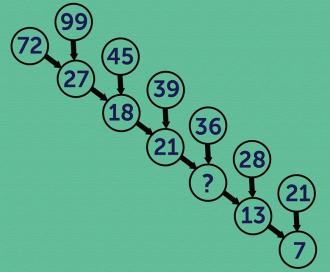What is the missing number?
Identify the pattern to find the missing number.Correct answers: 147
The first user who solved this task is Djordje Timotijevic.
#brainteasers #math

Little Johnny attended a horse...
Little Johnny attended a horse auction with his father. He watched as his father moved from horse to horse, running his hands up and down the horse's legs and rump, and chest. After a few minutes, Johnny asked, "Dad, why are you doing that?"
His father replied, "Because when I'm buying horses, I have to make sure that they are healthy and in good shape before I buy."
Johnny, looking worried, said, "Dad, I think the UPS guy wants to buy Mom..."
His father replied, "Because when I'm buying horses, I have to make sure that they are healthy and in good shape before I buy."
Johnny, looking worried, said, "Dad, I think the UPS guy wants to buy Mom..."

